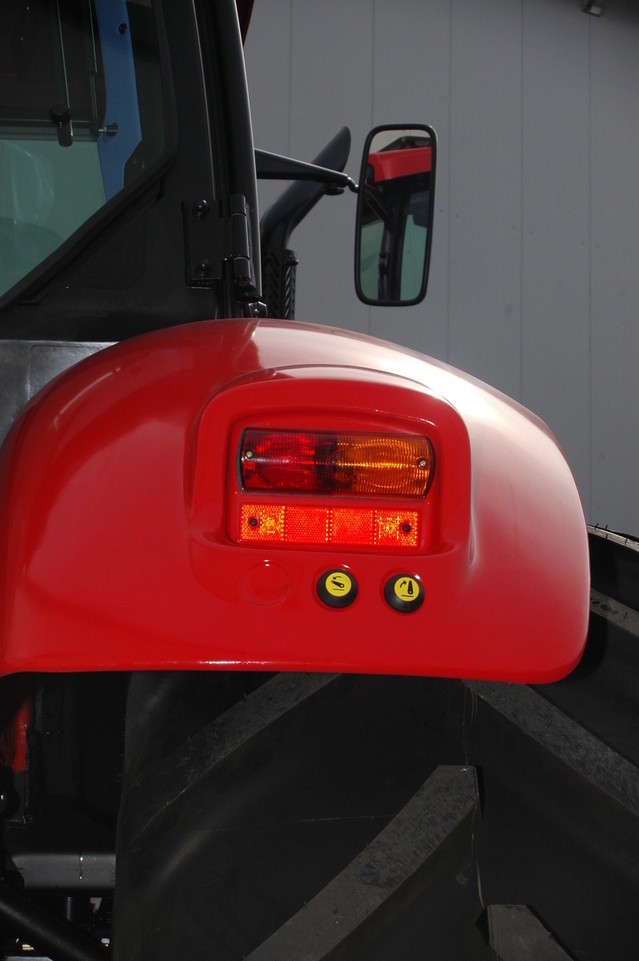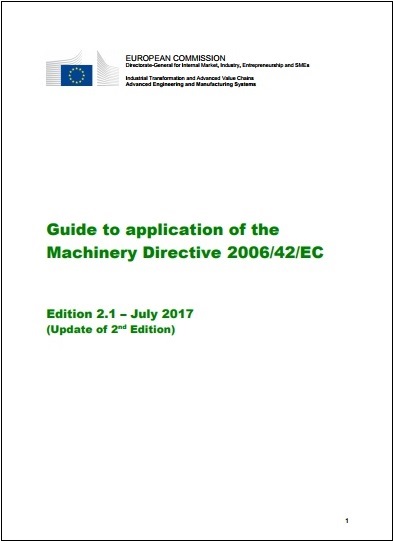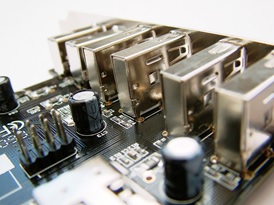 One of the exclusions from CE Marking listed within the Machinery Directive (2006/42/EC) is “agricultural and forestry tractors [only] for the risks covered by [Tractors] Directive 2003/37/EC with the exclusion of machinery mounted on these vehicles” (Article 1 (2) (e)). Hence such tractors in effect required assessment against both Machinery and Tractors Directives. This peculiar nuance existed because at the time the Tractors Directive did not deal with all of the risks associated with using such vehicles and as such a total exclusion could not be made within the Machinery Directive.
One of the exclusions from CE Marking listed within the Machinery Directive (2006/42/EC) is “agricultural and forestry tractors [only] for the risks covered by [Tractors] Directive 2003/37/EC with the exclusion of machinery mounted on these vehicles” (Article 1 (2) (e)). Hence such tractors in effect required assessment against both Machinery and Tractors Directives. This peculiar nuance existed because at the time the Tractors Directive did not deal with all of the risks associated with using such vehicles and as such a total exclusion could not be made within the Machinery Directive.
A new Regulation (167/2013 – Type approval of Agricultural Vehicles) has since been issued which effectively plugs the holes in 2003/37/EC and therefore Article 1 (2) (e) of the Machinery Directive is amended by 167/2013 to delete the expression “for the risks” and as such the exclusion for agricultural and forestry tractors from the Machinery Directive is now complete.
It is important to note that this exclusion only applies to the tractors themselves and not to any towed, pushed, mounted or semi-mounted machinery, whether these are designed and fitted during the production process or fitted as aftermarket accessories. Such machinery therefore remains within scope of the Machinery Directive.
However, as one quirk is addressed, another has appeared and it should be noted that Trailers and Interchangeable Towed Equipment fall under the scope of both the Tractors Regulations and the Machinery Directive; the requirements for safe road circulation of such products are covered by the former while the health and safety requirements are covered by the latter.
For more information, the guide to application of the Machinery Directive can be found here: https://ec.europa.eu/docsroom/documents/24722.
If you need any help and support with CE Marking under the Machinery Directive, then please call us on 01564 792349.


 The second edition of the Guide to Application of the Machinery Directive (2006/42/EC) originally published by the European Commission in June 2010 was amended in July to become edition 2.1. The guide provides useful insight into fulfilling CE Marking obligations for equipment under the scope of the Directive.
The second edition of the Guide to Application of the Machinery Directive (2006/42/EC) originally published by the European Commission in June 2010 was amended in July to become edition 2.1. The guide provides useful insight into fulfilling CE Marking obligations for equipment under the scope of the Directive. The RoHS Directive covers the CE Marking requirements on the restriction of use of certain hazardous substances in electrical and electronic equipment (EEE). This Directive has been around for several years and is well known throughout the electronics industry, however companies are often unaware that the scope of the RoHS Directive has been slowly expanding.
The RoHS Directive covers the CE Marking requirements on the restriction of use of certain hazardous substances in electrical and electronic equipment (EEE). This Directive has been around for several years and is well known throughout the electronics industry, however companies are often unaware that the scope of the RoHS Directive has been slowly expanding.







